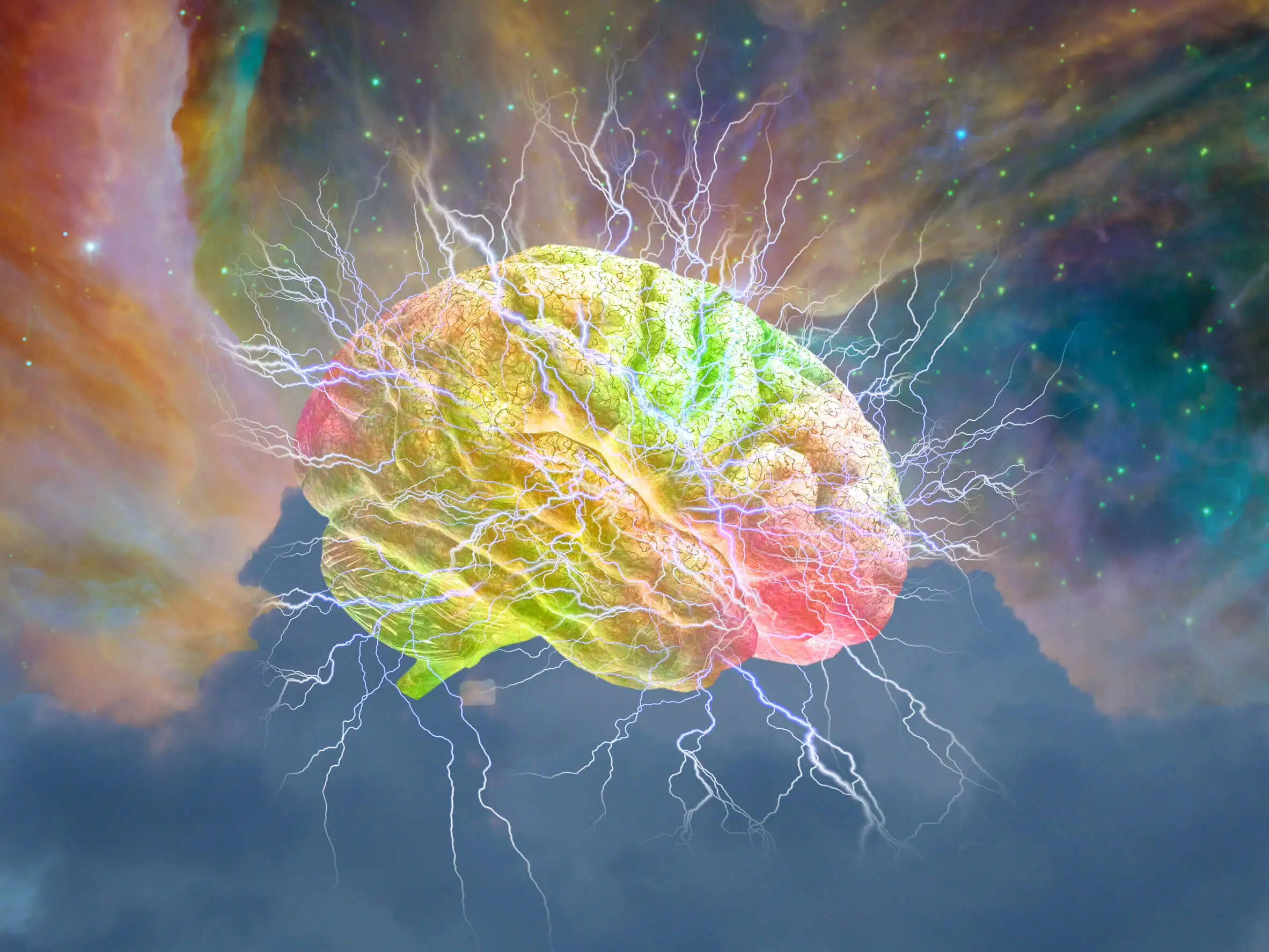What Are Pseudoperceptions and What Are Their Effects?


Written and verified by the psychologist Maria Fatima Seppi Vinuales
Have you ever noticed a face among the paint stains on a wall, or recognized an object among the veins of a leaf? You probably have. This phenomenon of seeing something “as if it were there” is known as a “pseudoperception”.
This is very common and isn’t associated with any disorder, but rather reflects the complexity of the brain when receiving so much information and attending to so many stimuli simultaneously. Let’s take a closer look at what this phenomenon is all about.
What are pseudoperceptions and what are their effects?
Pseudoperceptions refer to alterations, errors, or distortions in the brain’s perception process. Now, is this a symptom of a problem or disorder?
No, it doesn’t have to be. It’s rather more like an error, almost like an “obvious consequence” due to the amount of information that the mind receives, interprets, and processes simultaneously.
To understand it better, we can take the example of a person who wears glasses; when these are displaced, sliding down, their vision may become blurry, double, or strange, until they’re put back in place to focus correctly.
Sometimes the same thing happens in the brain: in the presence of a stimulus or under certain environmental conditions – such as fatigue – it may experience some sensations or experiences that aren’t quite correct.
Our internal world is formed – among other things – by perceptions that may be images, conceptual schemes, or representations. Therefore, sometimes pseudoperceptions can also be based on these things.
It’s very important to differentiate pseudoperceptions from hallucinations. The latter may appear in cases of psychosis or schizophrenia. They’re not the same and should not be confused; in the case of hallucinations, there’s no correspondence with an object or person in the real world.

We think you may be interested in reading this, too: Why Does Our Brain Dissociate and When Should We Seek Help?
What are some examples of pseudoperceptions?
There are different types of pseudoperceptions. Here are some examples.
Mnesic images
These refer to memories that appear before us, but transformed from the way they actually occurred. Within this type are eidetic images, which are the mental representation of a sensory experience that the person had previously.
For example, this may happen when we feel a surface as if it were velvety or hear a sound as if it were soft breathing.
Hypnagogic images
These are another type of pseudoperceptions which appear in the transition period between sleep and wakefulness, when the level of consciousness is lower. They’re usually presented with images that appear as if they were really happening, which gives the sensation that the perception is real. However, in reality, they actually form part of what’s occurring in the dream.
It’s as if elements are mixed together. Thus, in those last minutes before waking up or when we’re just entering the dream, it may seem to us that someone is in the room or that we saw something move by the window. Then, we take those known elements of reality and mix them with something that isn’t really happening.
Sequential images
This type of pseudoperception occurs after we spend some time watching or paying attention to the same stimulus. For example, if we’re watching a running competition in which we see one person passing after another, it’s possible that when we look away to another point, a first image that appears to us is also that of a person running.
These are also known as “afterimages “. Sometimes they appear as a “contrast” or “negative “. That is, if for a long time, we may look at an image in black and then when we position our gaze in a different place, what we see is an image in white.
Parasitic images
They are those that arise from states of fatigue and tiredness. They appear even when the stimulus that caused them has disappeared and is not present. An example is when we work long days or more than 10 hours in a row in the same room.
It’s possible that at night when we finally lie down an image similar to the one in the office appears, recreating that situation. These images are usually intrusive – that is, they appear “out of nowhere”. However, they also disappear easily, especially when the person notices them.

Like this article? You may also like to read: How Reading Changes the Brain and Benefits Mental Health
The brain is a complex machine
Pseudoperceptions are phenomena that all people can experience. It’s not something you should be concerned about. On the contrary, those who research the brain and its functioning suggest that – together with imagination – they are different many modes of functioning of this creative organ.
What is true is that – in some cases – pseudoperceptions can occur in the face of a fatigued and overstimulated brain. Learning to pay attention to these signals is a good idea in order to take better care of your brain.
All cited sources were thoroughly reviewed by our team to ensure their quality, reliability, currency, and validity. The bibliography of this article was considered reliable and of academic or scientific accuracy.
- Parra, Alejandro (2009). Experiencias Alucinatorias Nocturnas: Relación con la Esquizotipia, Tendencias Disociativas y Propensidad a la Fantasía. Revista Interamericana de Psicología/Interamerican Journal of Psychology, 43(1),134-143.[fecha de Consulta 2 de Septiembre de 2022]. ISSN: 0034-9690. Disponible en: https://www.redalyc.org/articulo.oa?id=28411918015
- López-Silva, Pablo, & Cavieres-Fernández, Alvaro. (2020). Voces que No lo Son: Los Problemas del Concepto Pseudoalucinación. Revista chilena de neuro-psiquiatría, 58(1), 29-39. https://dx.doi.org/10.4067/S0717-92272020000100029
This text is provided for informational purposes only and does not replace consultation with a professional. If in doubt, consult your specialist.








